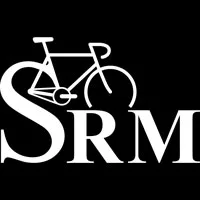Why should you train with a Power Meter?
What differentiates power from all other metrics that are used for training is, that you can clearly can keep track of your training progress.
Other metrics like your speed or your heart rate are also important for training, but they are highly influenced by external factors like wind or your bodies condition. That makes it very difficult to effectively keep track of progress by comparing how the data changed over time.
Power data, on the other hand, is completely free from external influences. It is simply the work your body does during a training session. External factors like weather or your condition might determine how easy it was for you to do this work. But they do not have an influence on the data itself.
Combining your power data with your heart rate data, will give you insides on your physical condition. Combining your power data with your speed, will give you an inside on the wind conditions or the aerodynamics of your bike and your seating position.
For that reason, Power is not a replacement for other cycling data, but only a very important addition. With it, you can easily keep track of your performance and plan out your training. It enables you to identify your strengths and weakness and adjust your training accordingly. How much power was required during the last climb when you won the race? What was your average power during the bike leg of your triathlon – when you had your best finish ever? All this data will help you to learn how your body performs under certain circumstances and how to pace your efforts to get the best out of yourself.
What is power?
Physical power is defined as the quotient of work over time, with the unit Watt. Work in a physical case is the force exerted on an object multiplied by its distance covered.
In cycling, this force is produced by the cyclist’s legs and applied to the bicycle’s pedals, where it creates torque. When this torque is applied, it moves the pedal and creates work. See how much Work is done over a time (e.g. 1 second) and you know your Work per second or “Power”.
𝑃 = 𝑊/𝑡
𝑃 = power (W), 𝑊= work (J), 𝑡 = time (s)


